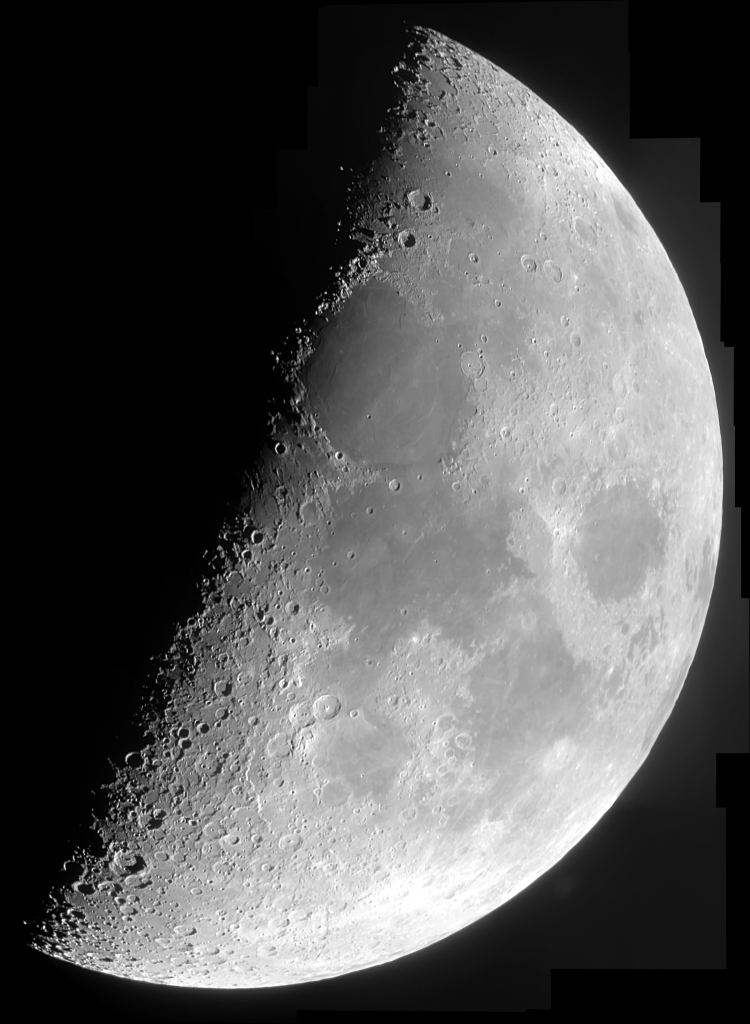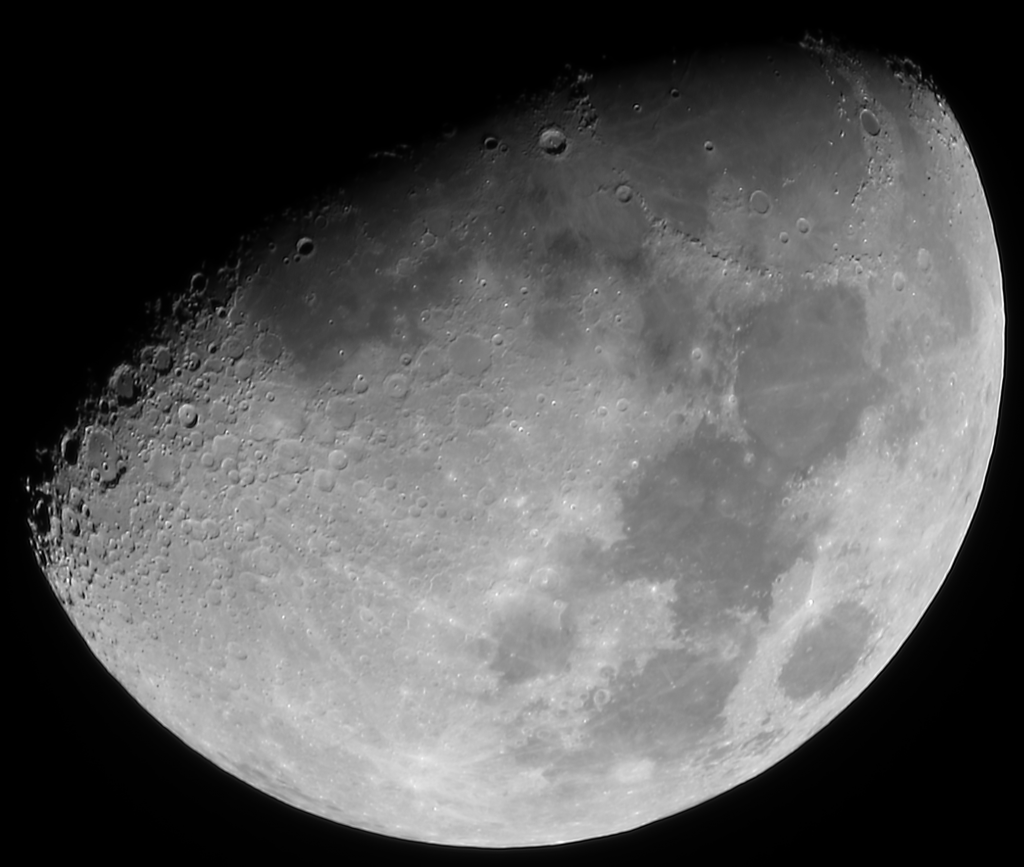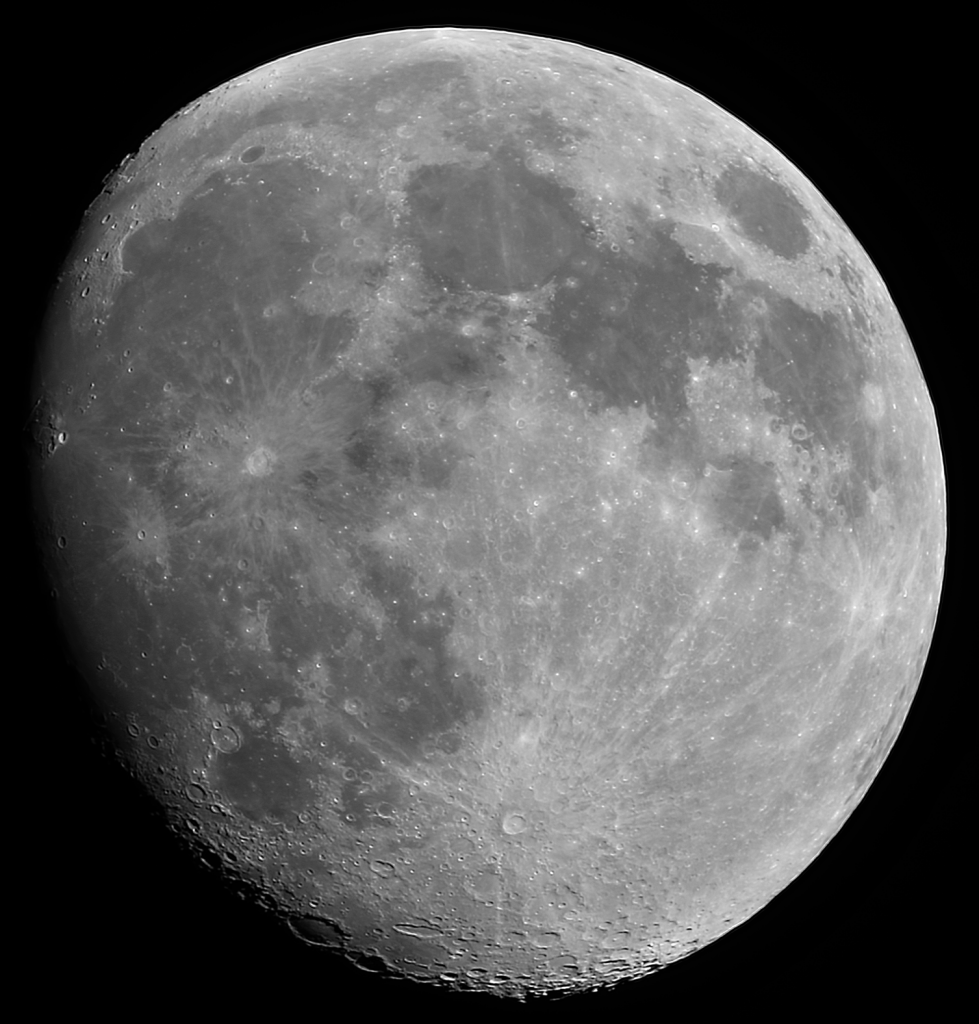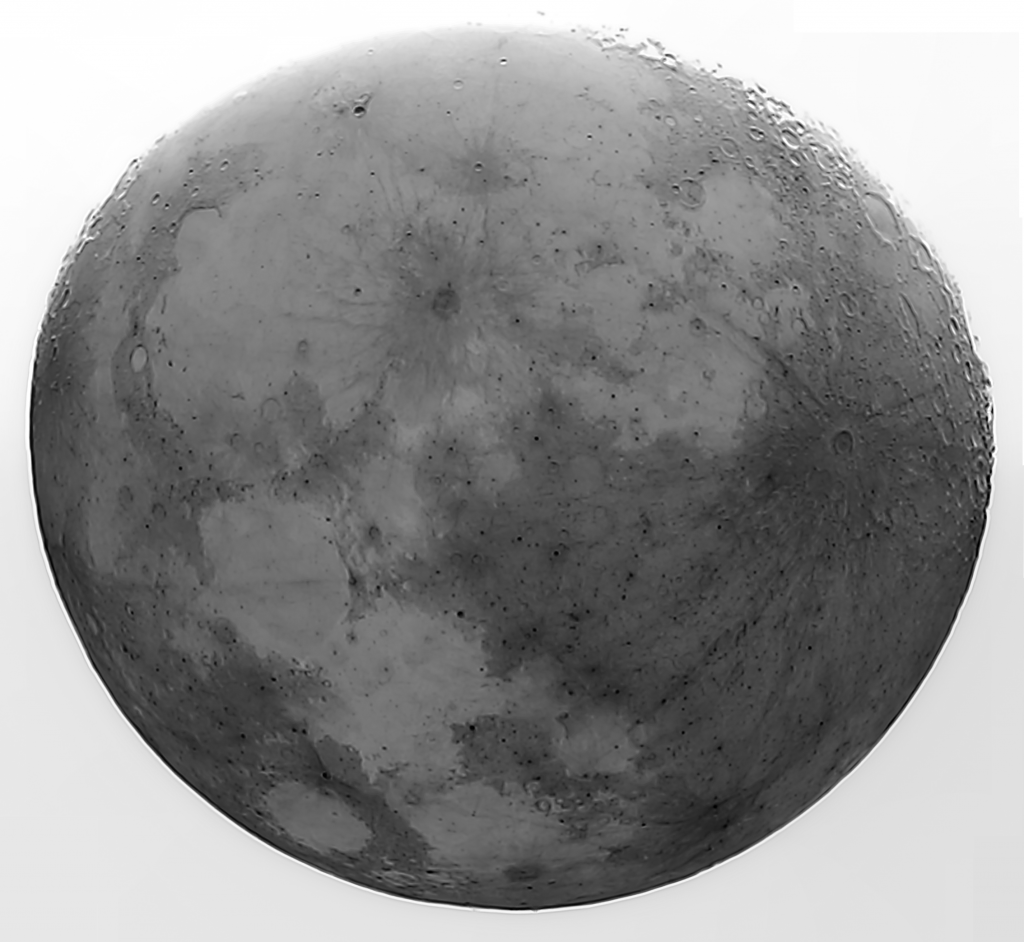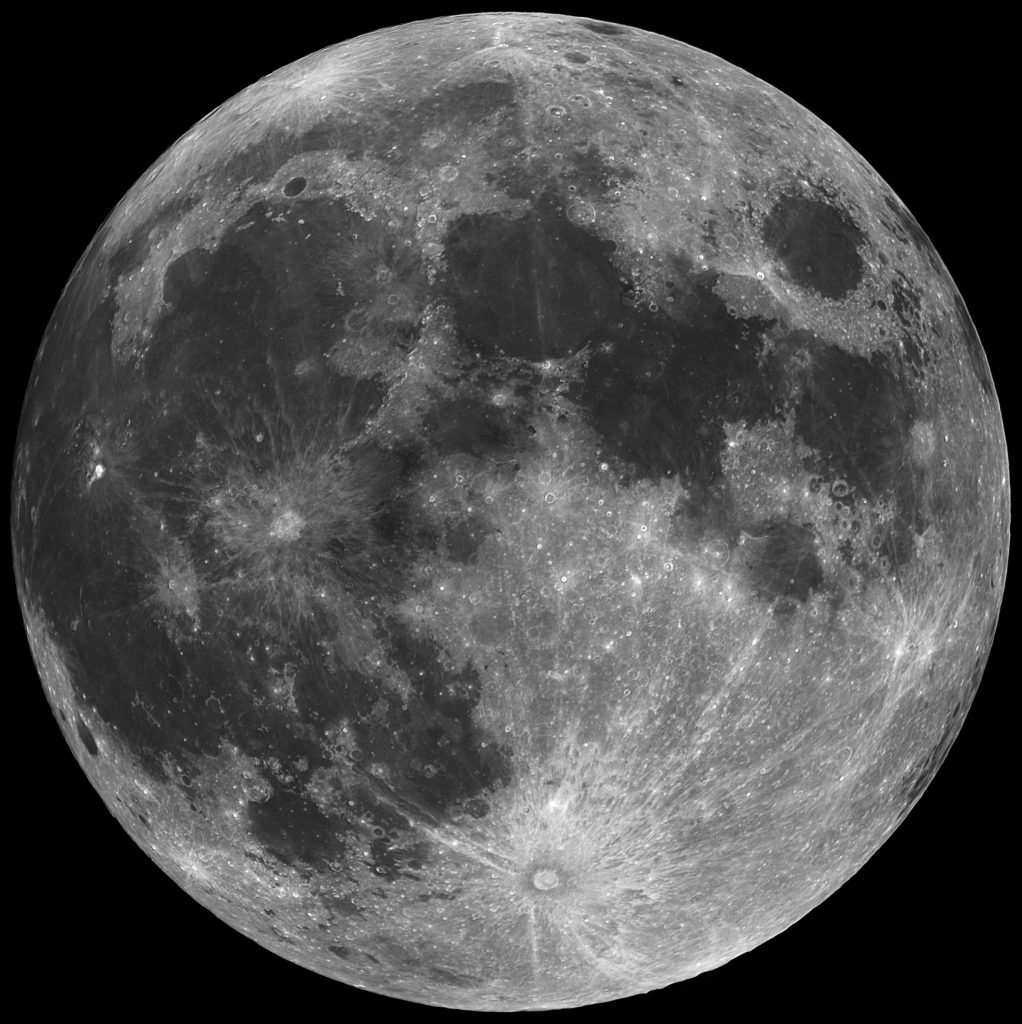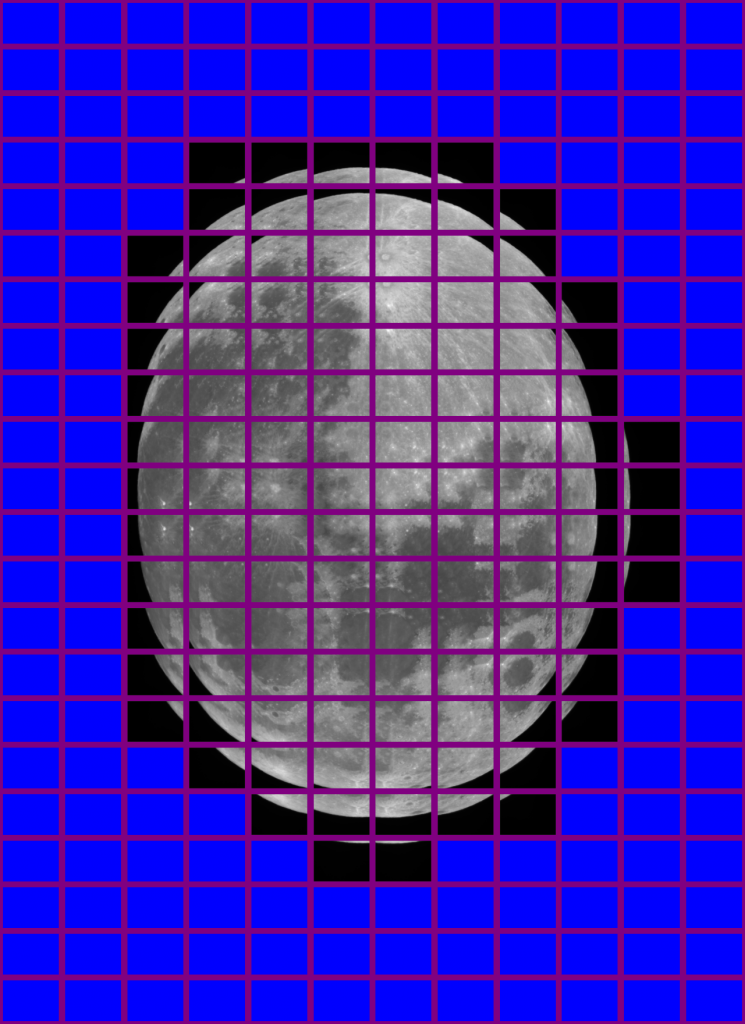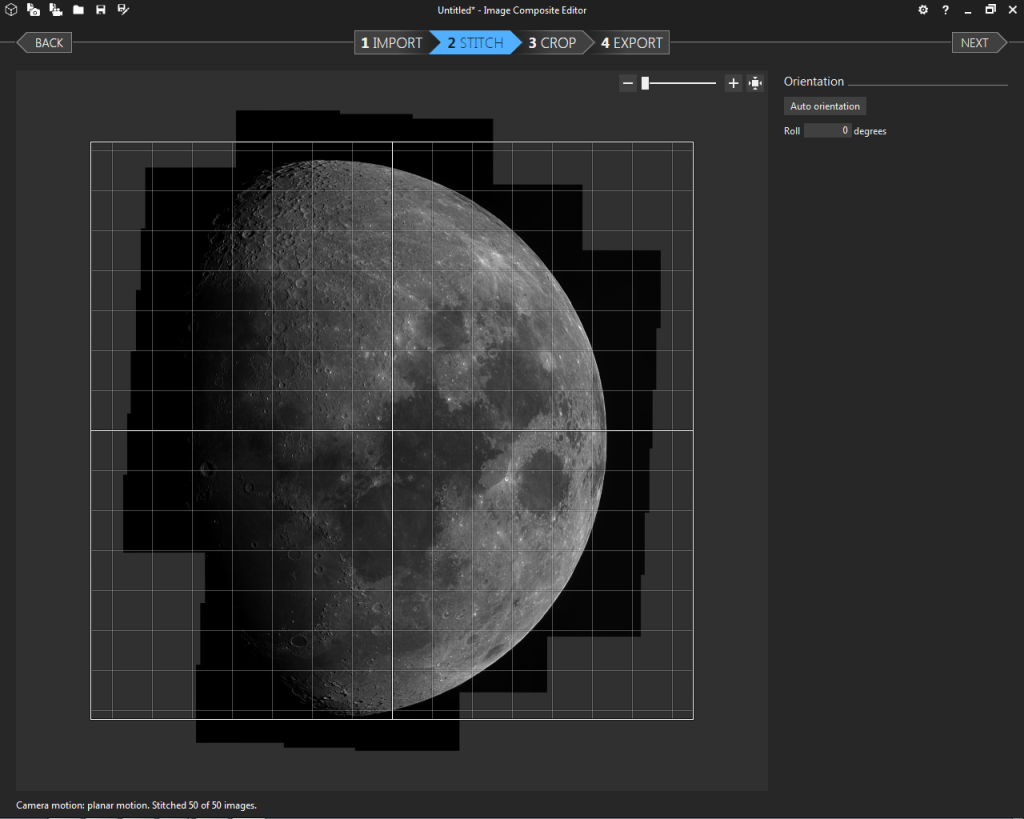I shot this with my SV105 camera on February 10, 2022. Clear Highland air gave very steady seeing so I caught a lot of detail.
My new SV105 camera just turned up from China for £36 including 7 day delivery. Remarkable, considering a lot of UK vendors won’t deliver to Scotland. Worked straight out of the box so hooked it up to my 140Mak and left DSSR running overnight capturing a series of lunar mosaics. The best seeing was just before dawn and you can watch a flyover animation of the resulting mosaic below.
And below is another animation made on the 23rd January 2021:
Moon with £12 Camera
DSSR+AstroKam Moon
Another SX530HS Moon
SX530HS and Tripod Moon
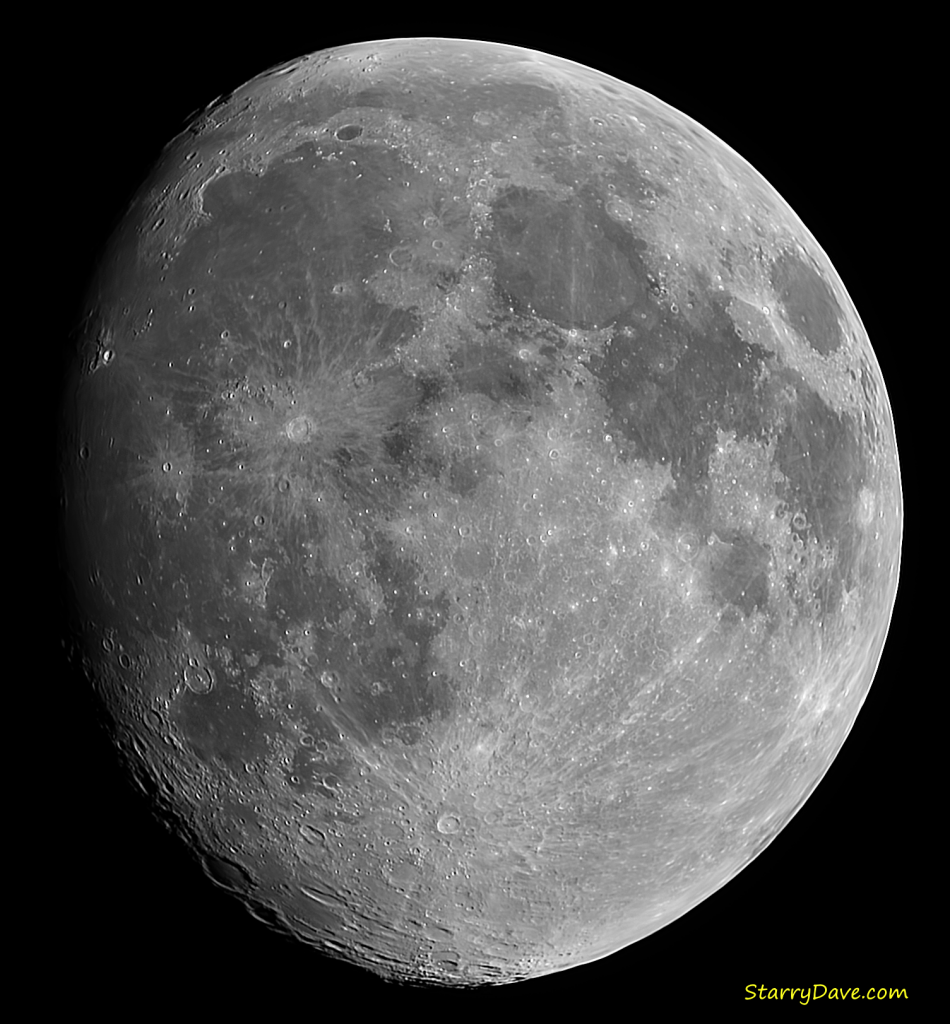
The image above was captured using my SX530HS at 50x zoom on a standard tripod. The camera was running a CHDK script which locked it in continuous shooting mode to capture 1400 frames over 17 minutes. All frames were ISO100, f6.5 and 1/250s with autofocus on. I needed to nudge the camera now and then to keep the moon on screen.
Grayscaled and cropped in PIPP, stacked in AS!3 (75% best), wavelets in Registax6 and polished in MS Photos. Not as detailed as my previous 100x shots but much more convenient to capture. I can just pop out when I see a gap in the clouds. Next stop – try same method on the Sun.
And here is another captured in 15 minutes using the method above.
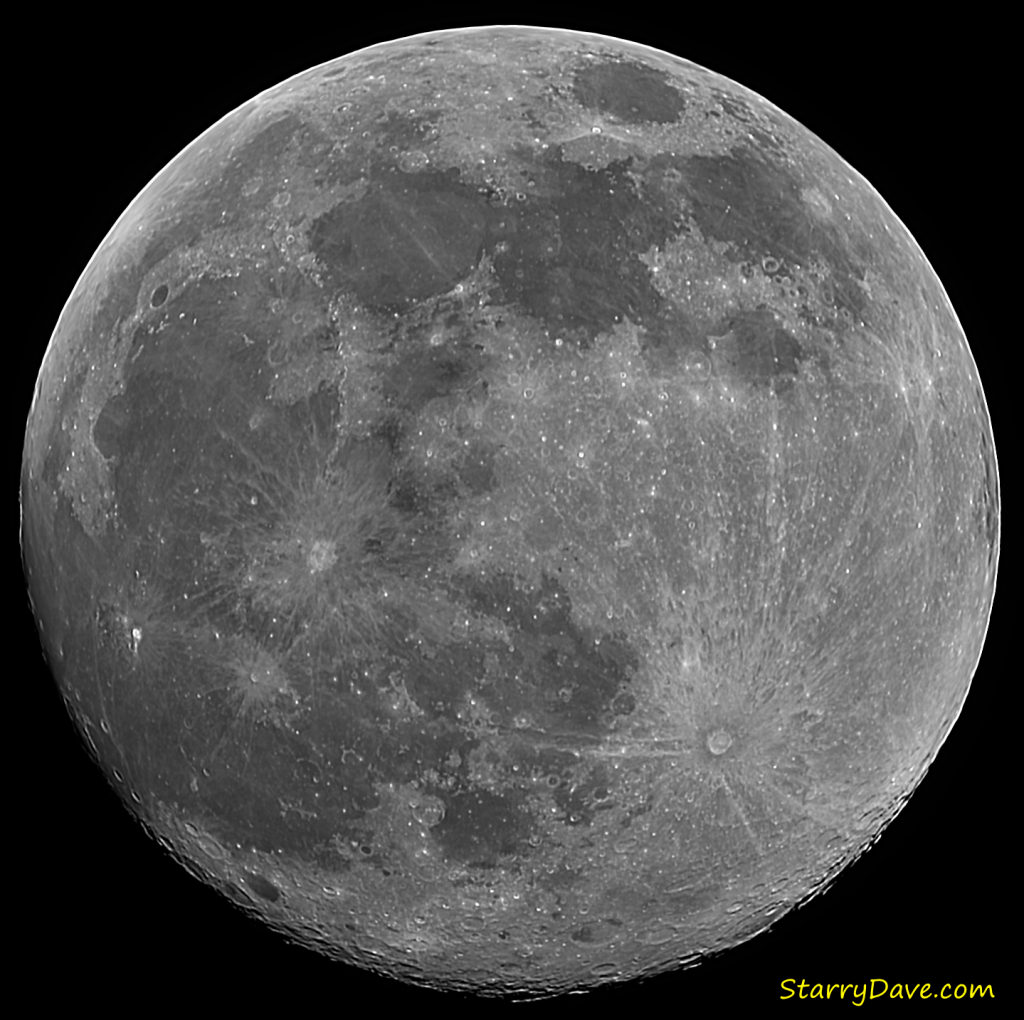
Moon without Telescope
Below is a shot of the Moon I took with my amazing little Canon SX530HS camera.
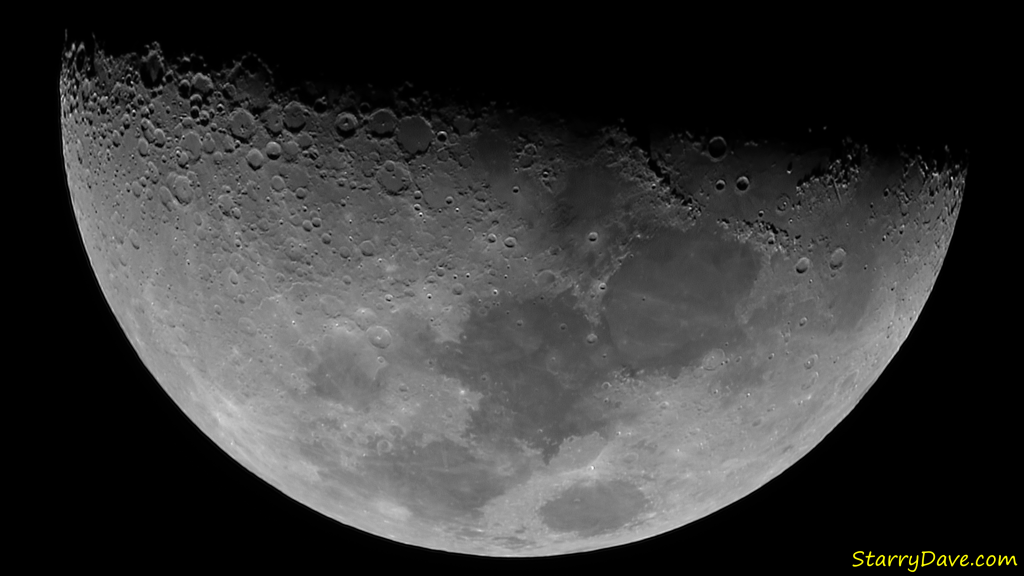
This was made from 400 jpegs shot at 100x zoom, ISO100, 1/160s, f6.5, AF-on which were captured in CHDK AstroKam. PIPP then grayscaled and culled this to 327 images based on brightness which were stacked in AS!3. Wavelets were applied in Registax 6 and final processing in MS Photos.
I also did some captures with jpegs at 50x zoom and 60sec videos at 100x and 200x zoom to discover the best resulting image. Below are crops of each method and I decided that 100x jpegs are the way to go in future.
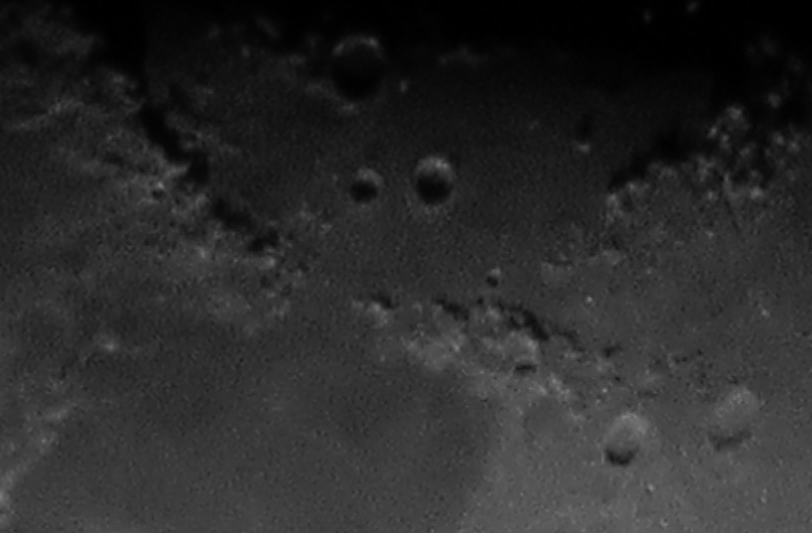
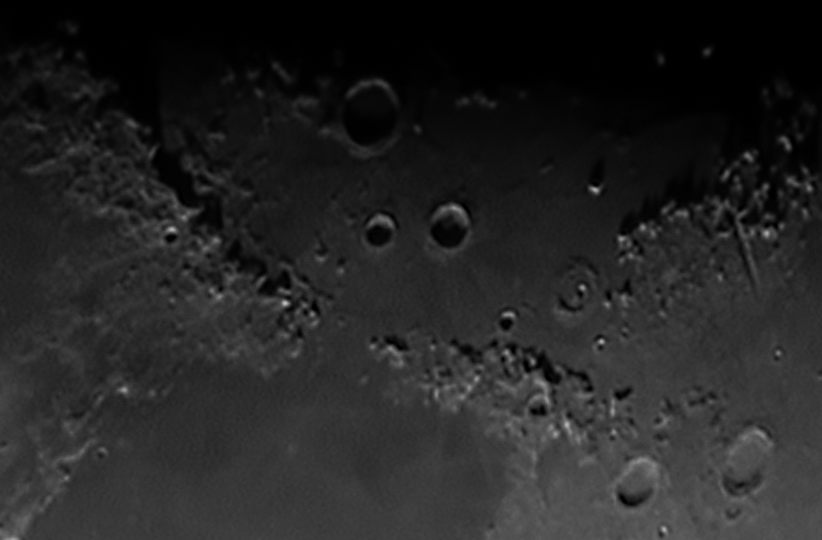
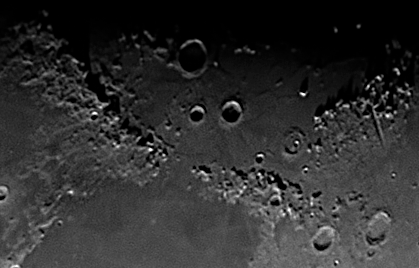
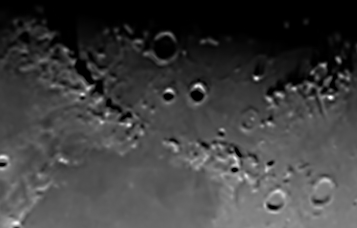
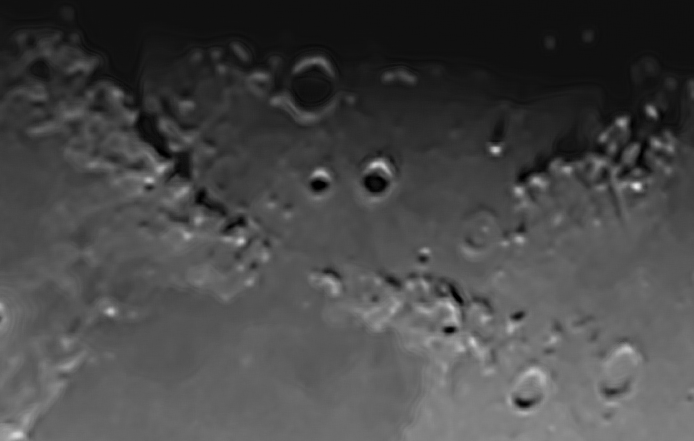
And here is my latest Moon shot with my SX530HS at 100x zoom.
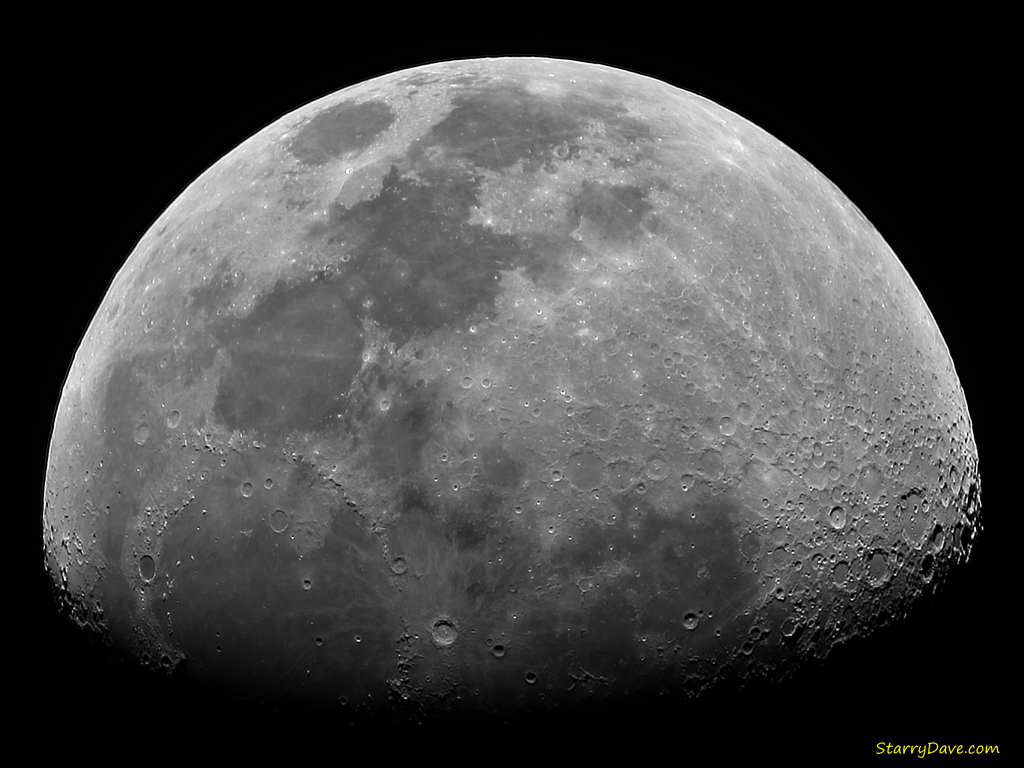
200x Zoom Moon
99 Tile Lunar Mosaic
Just shot this on the 10th February with my 1/4″ DMK camera and DSSR’s automatic mosaic module. Stacked in Avistack, stitched in ICE and post processed in Krita. Click to see the full size image.
Below is the DSSR mosaic preview window that lets you monitor mosaic progress. The blue tiles were sky which DSSR automatically skipped to save time – total time taken was 45 minutes. The Moon is egg shaped here because I used a vertical overlap of 50% and a horizontal overlap of 30% to ensure a good stitch in ICE.
Microsoft have just released an update to their Image Composite Editor (ICE). I gave it a quick try on my last set of lunar mosaic tiles and it looks like a much nicer package. In particular, the export to disk is now almost instantaneous. Download the 64bit version here.
